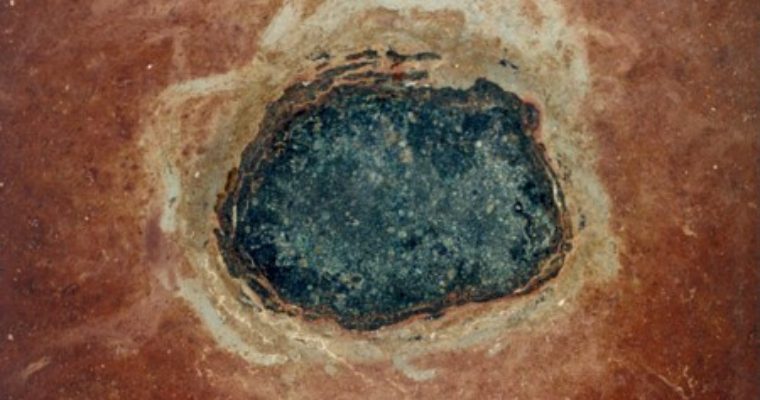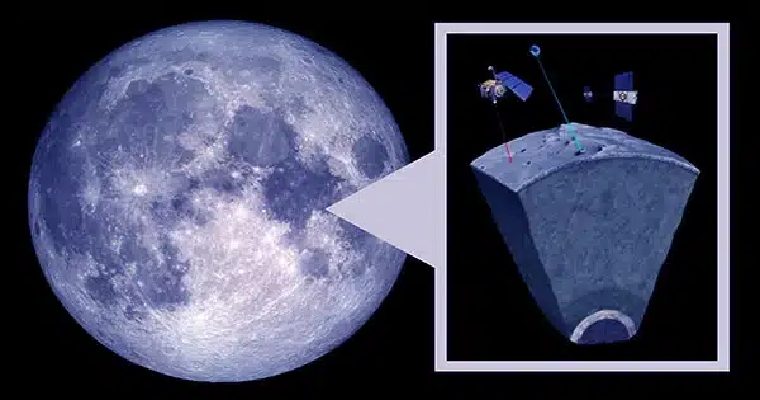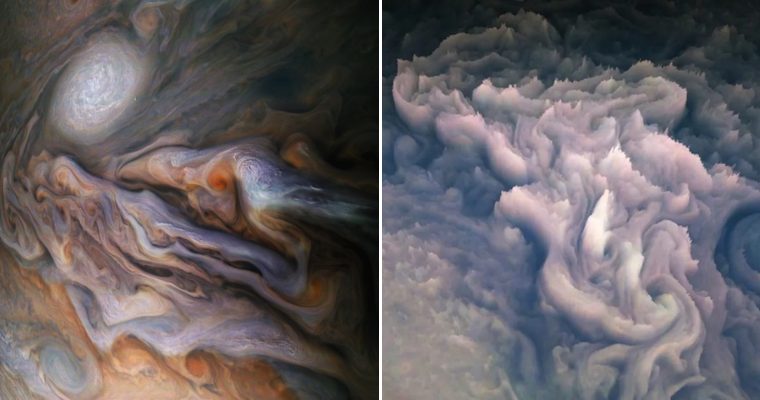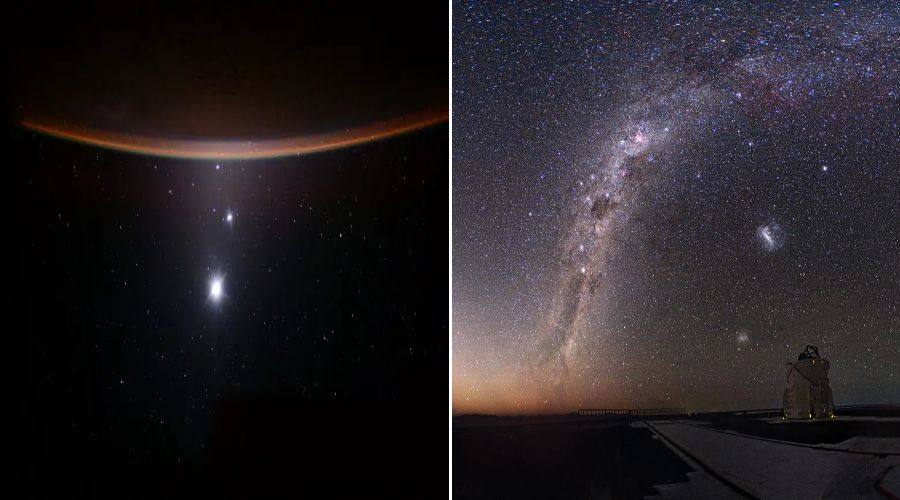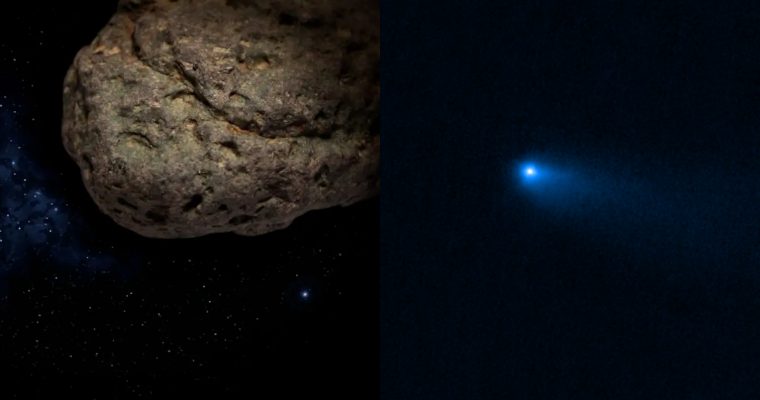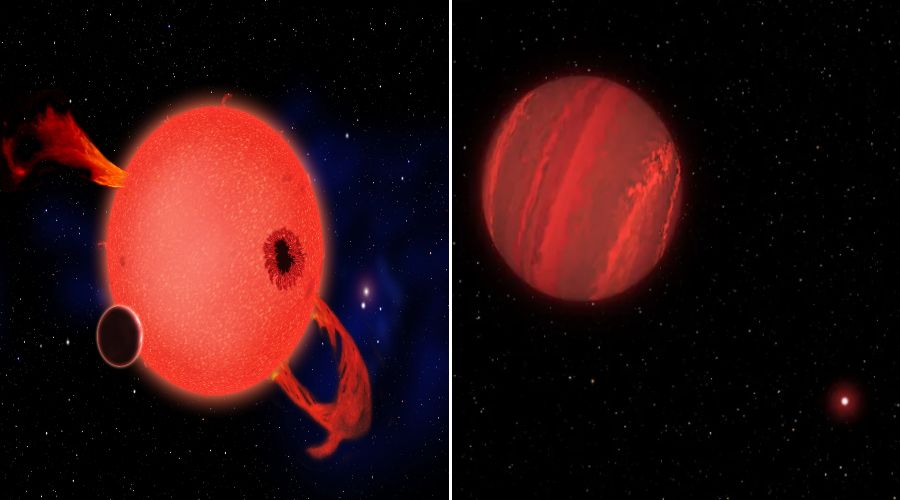The biggest diamond in the universe is not on our planet. Known also as V886 Centauri, BPM 37093 is a white dwarf star. White dwarfs are stars that are “extinct” or “dead.” The planet V886 Centauri is formed like a diamond. The 10-billion-trillion-trillion-carat diamond at the center of a white dwarf star.
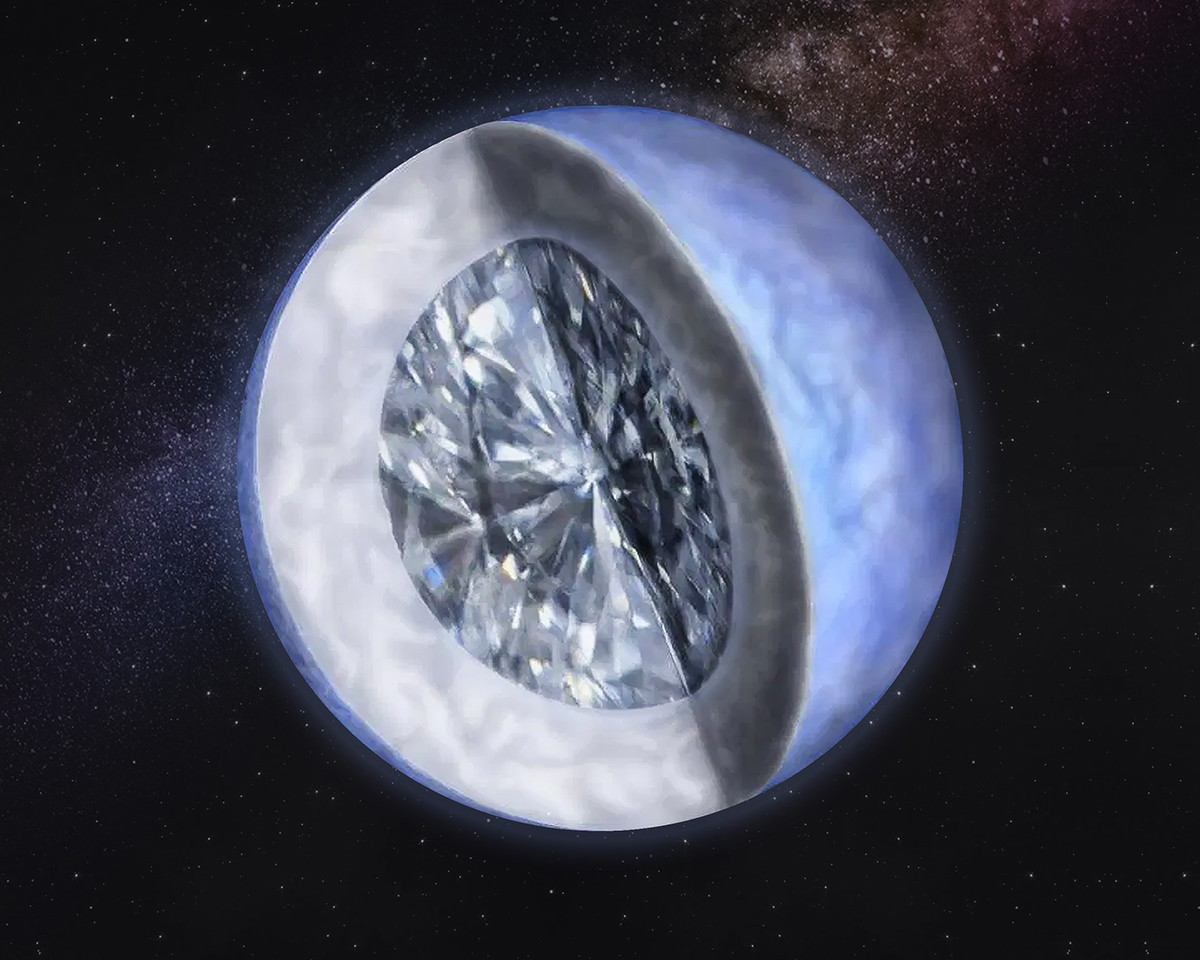
Located in Centaurus, V886 Centauri is 50 light-years away. It is a dazzling, beating light. The star’s interior was identified through observing pulsations.

The majority of the star’s elements are carbon and oxygen, but researchers found diamond-like carbon inside. Diamonds develop as a white dwarf cools and crystallizes. It spans 4000 kilometers. 90% of V886 Centauri’s mass, according to scientists, has solidified. Lucy is the name given to V886 Centauri in honor of the Beatles song. The largest diamond in the universe, according to astronomers, reveals the Solar System’s fate. Our Sun could die in five billion years and become a white dwarf. It may become a diamond-like V886 Centauri.

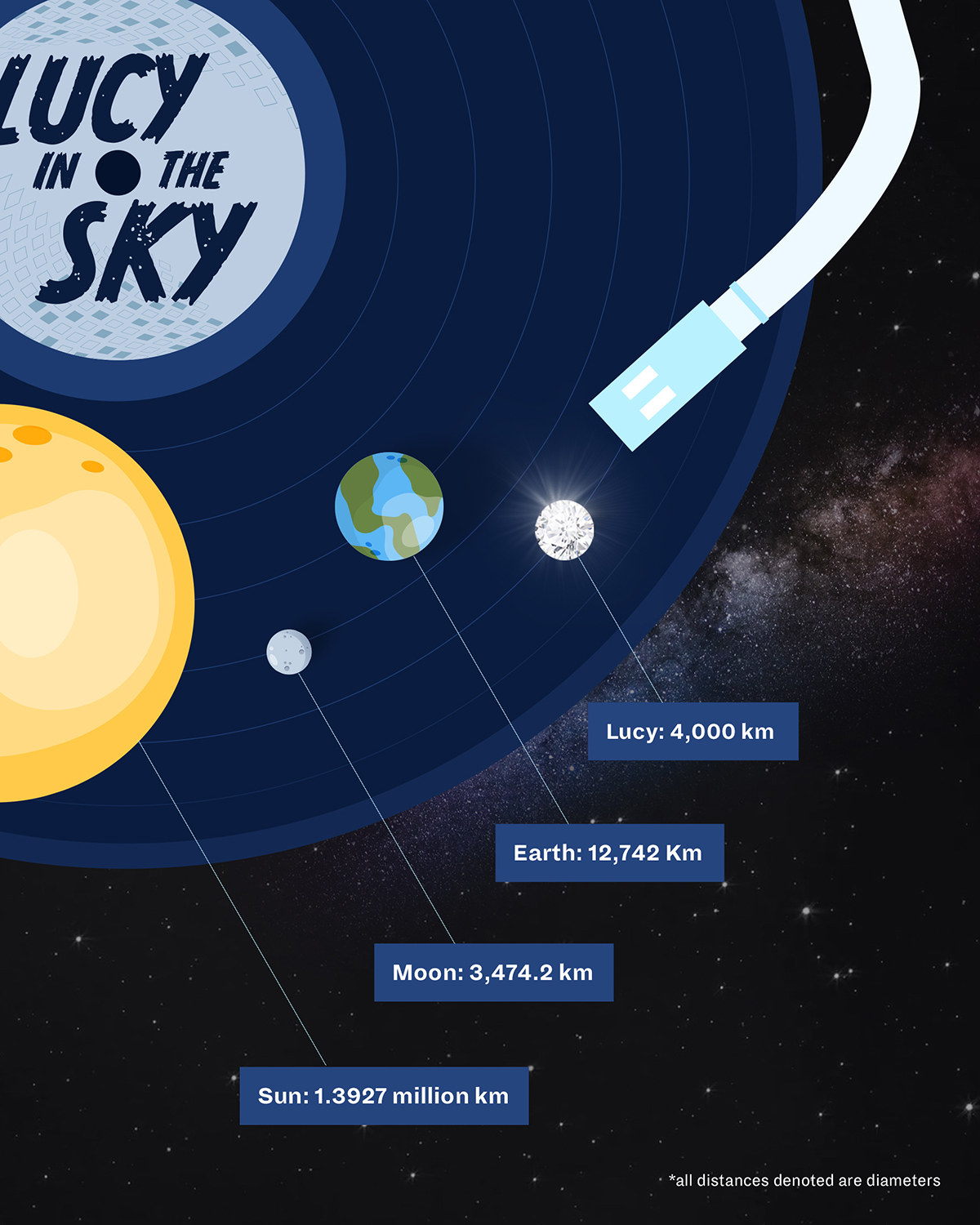


Soucre: theancientzen.com



